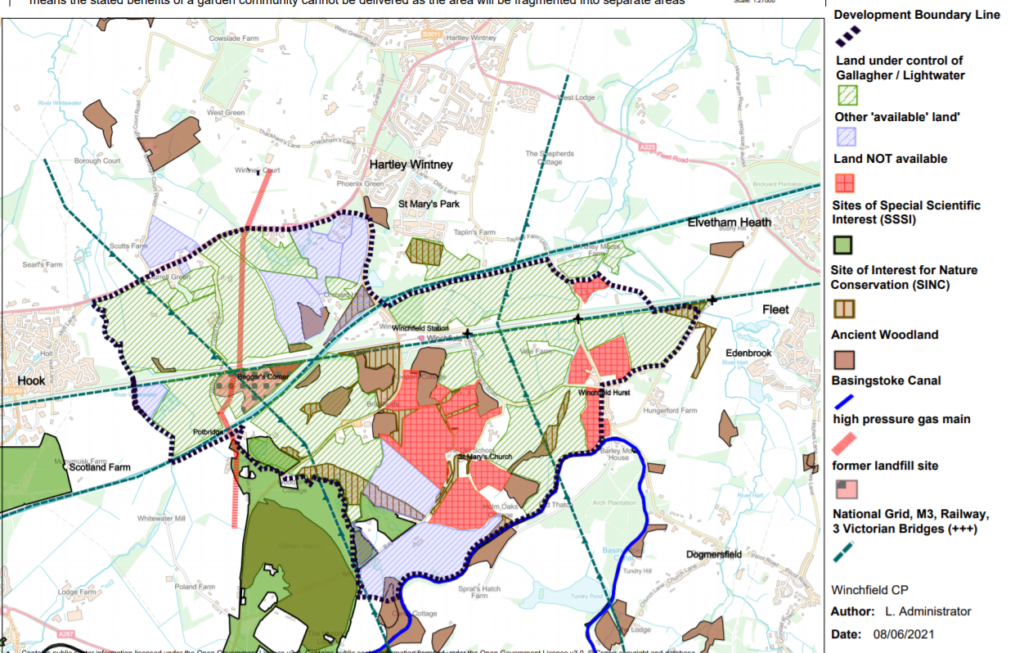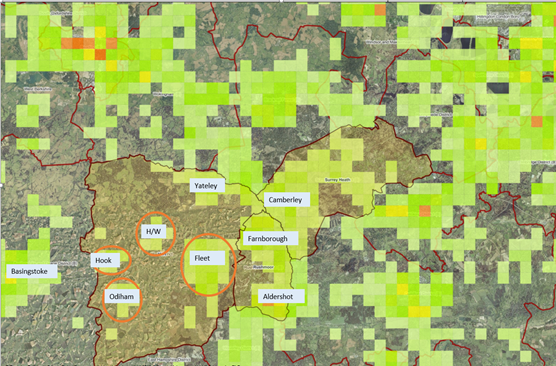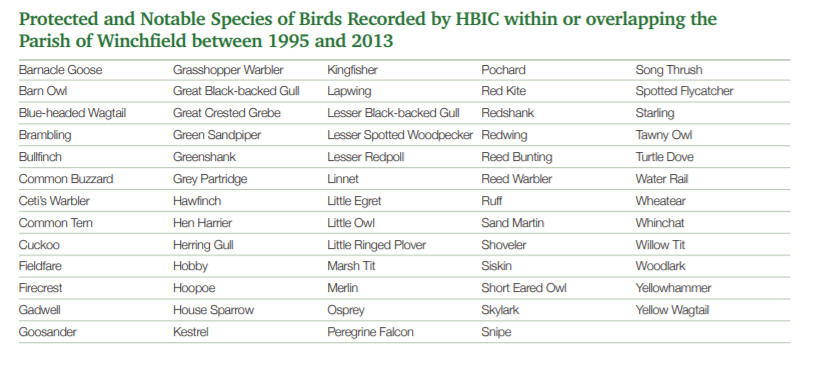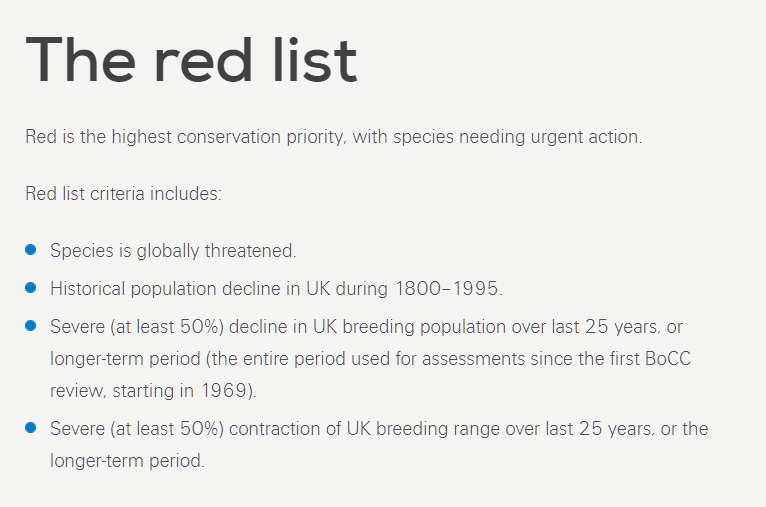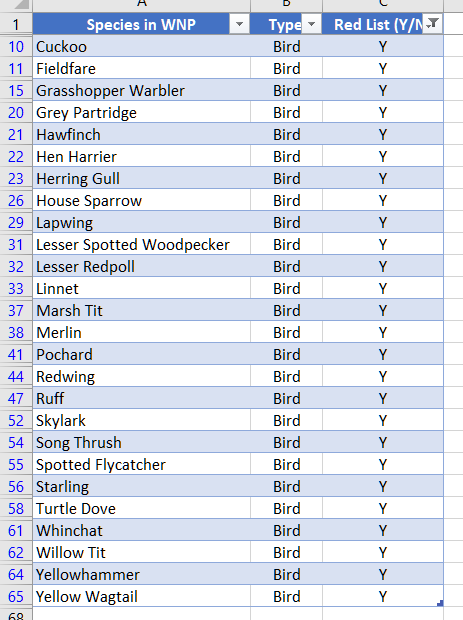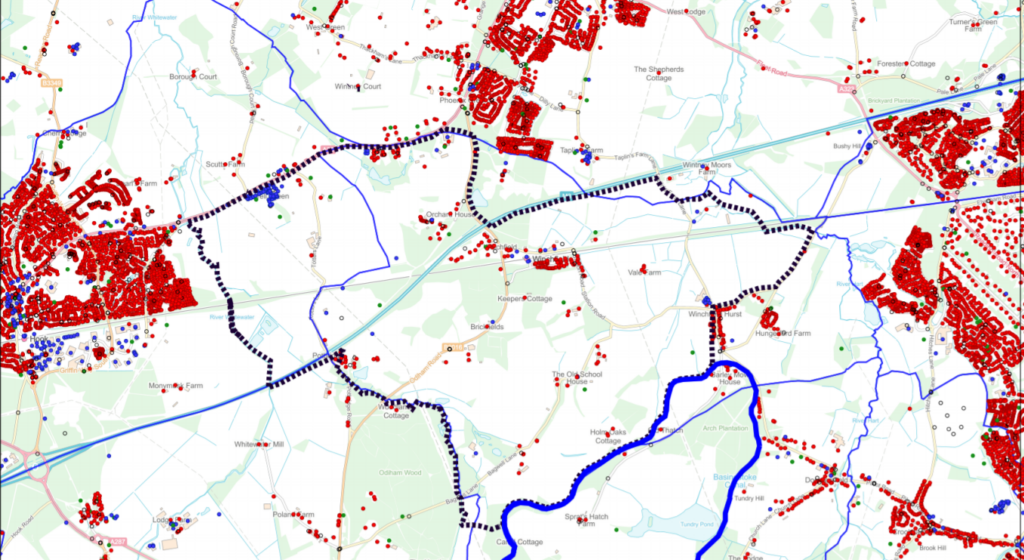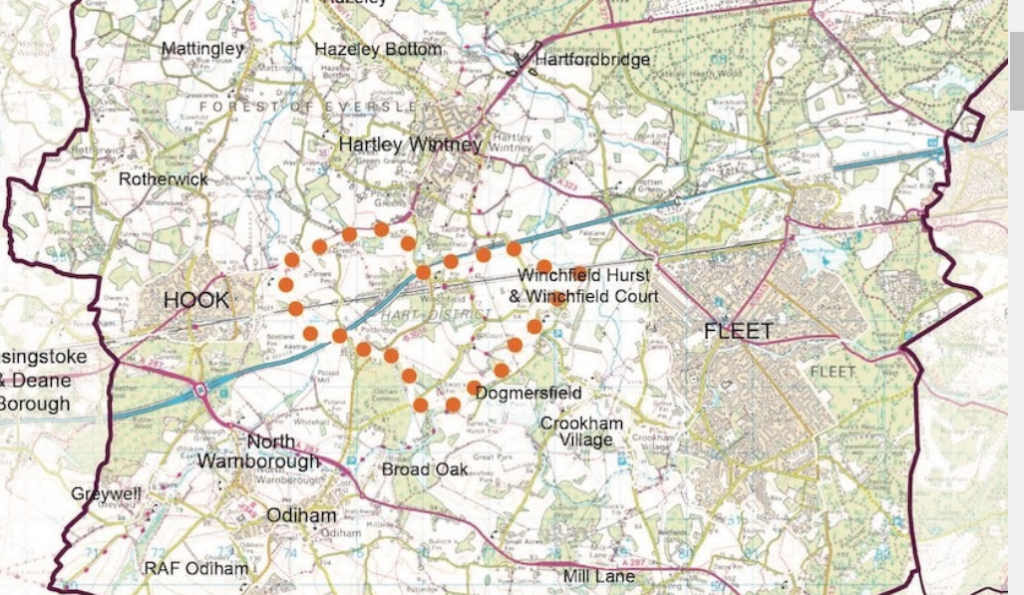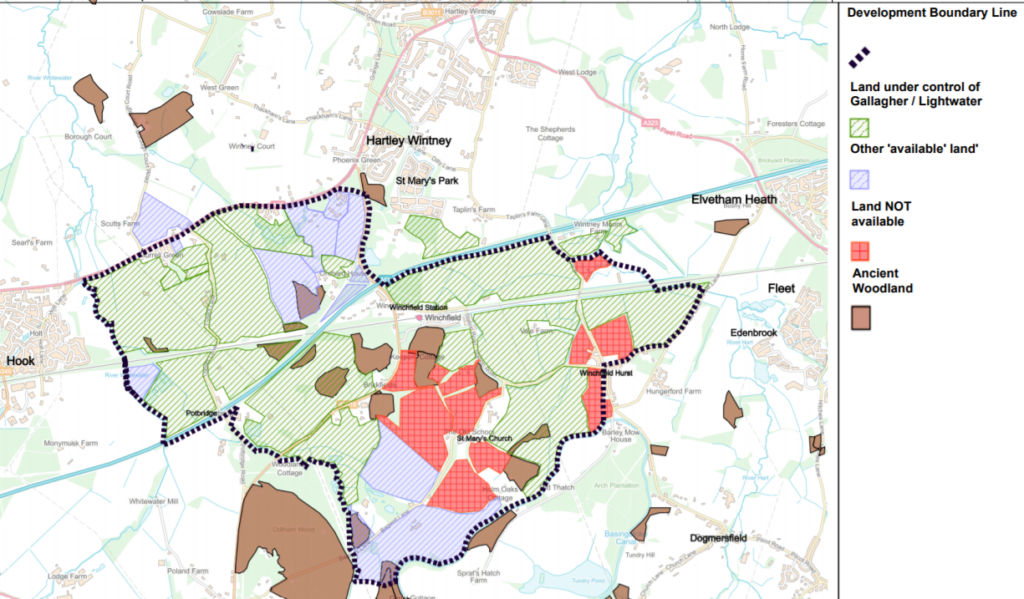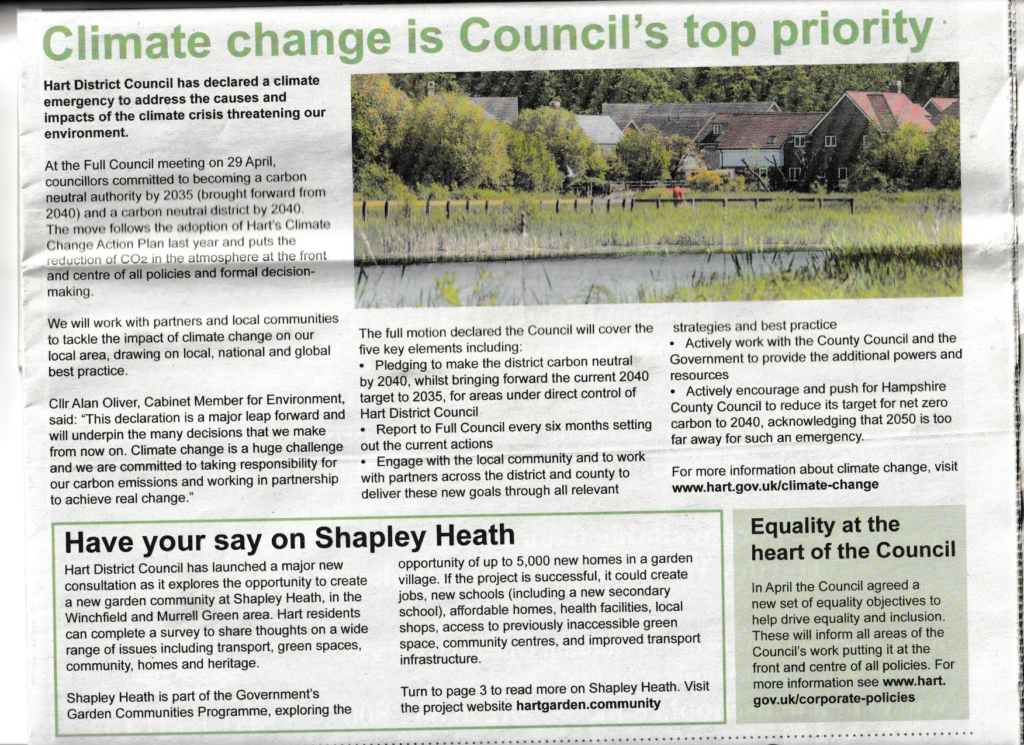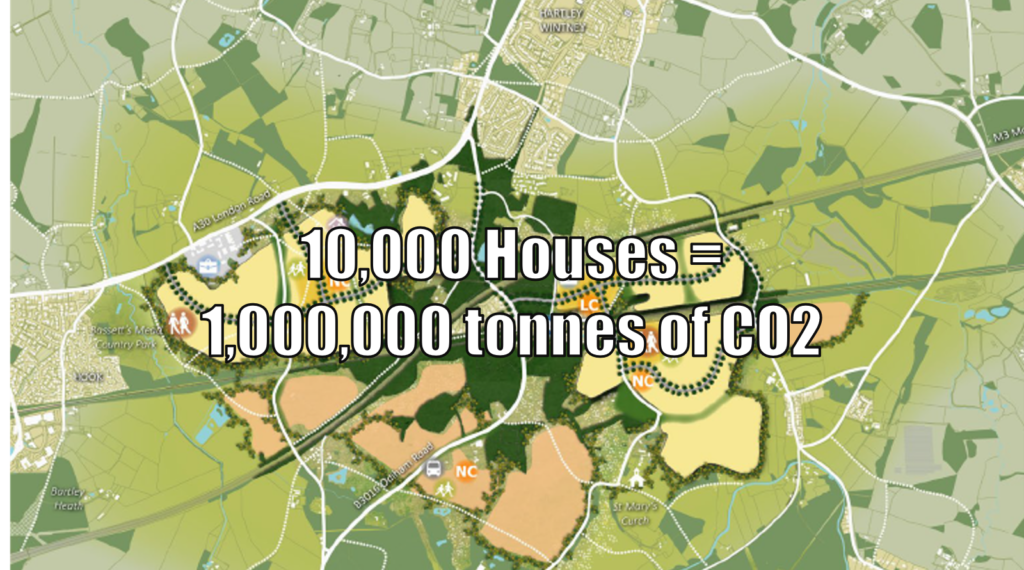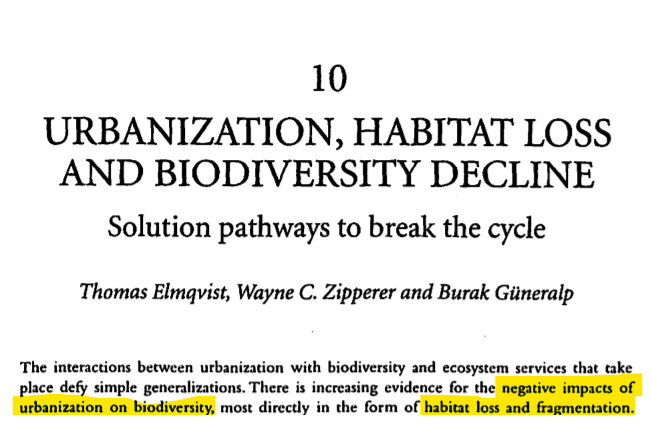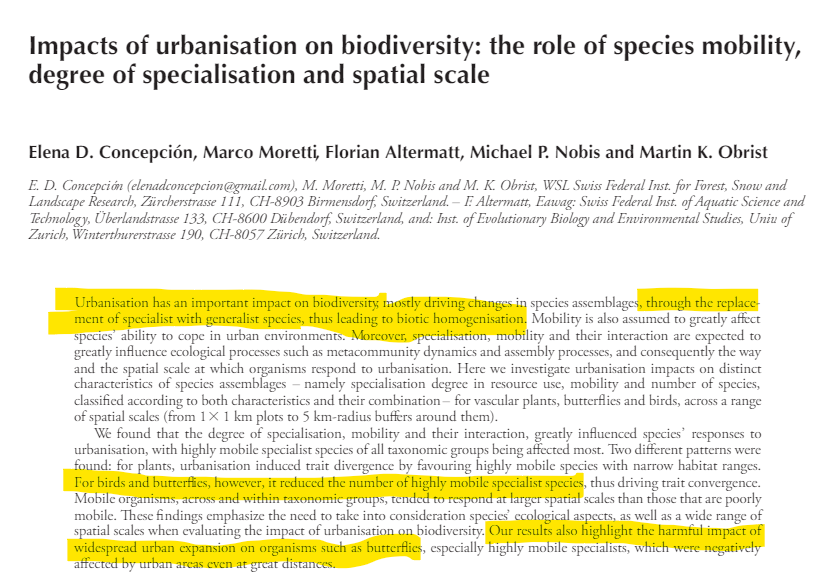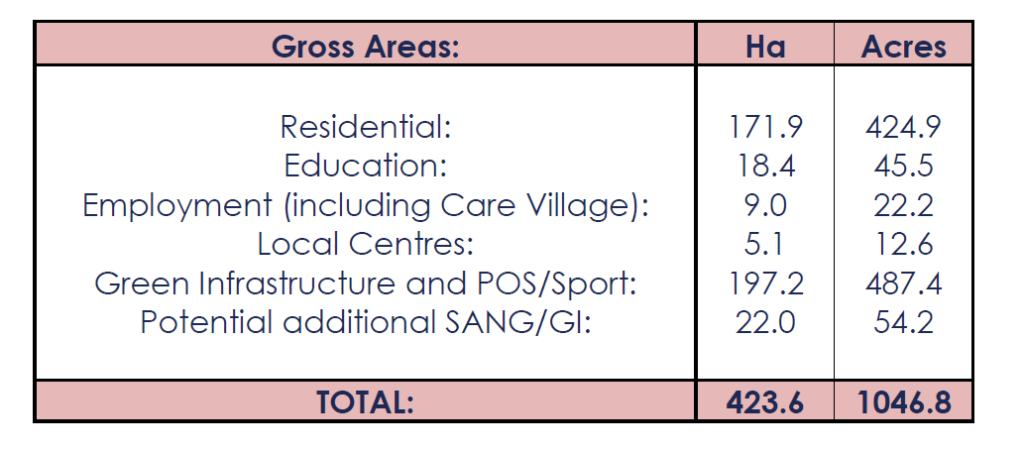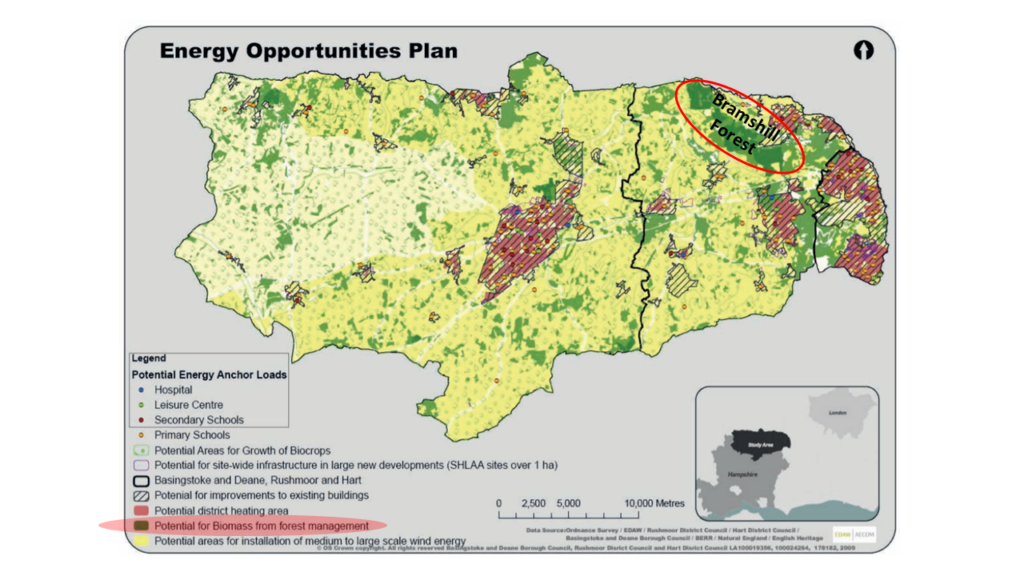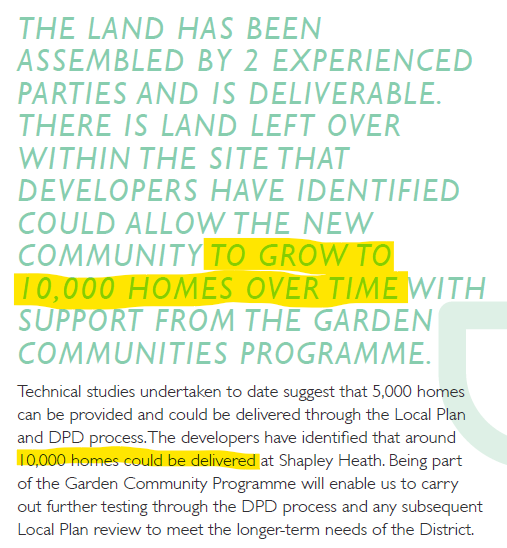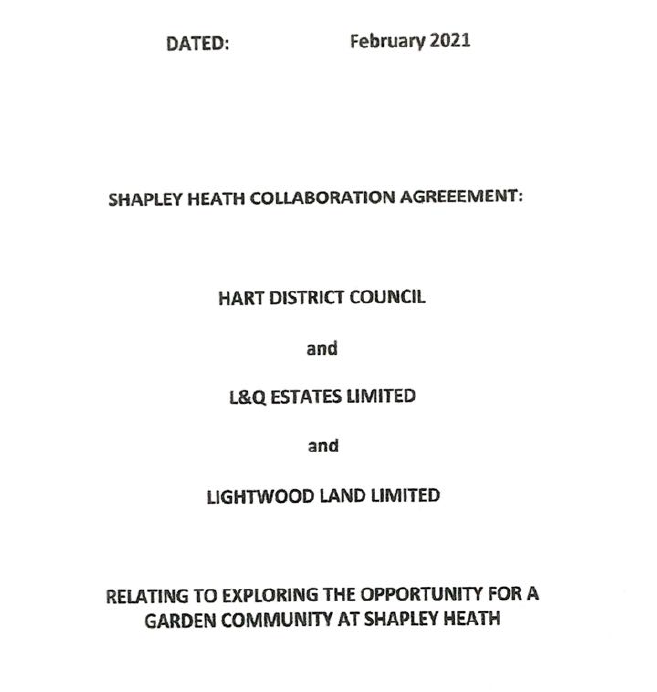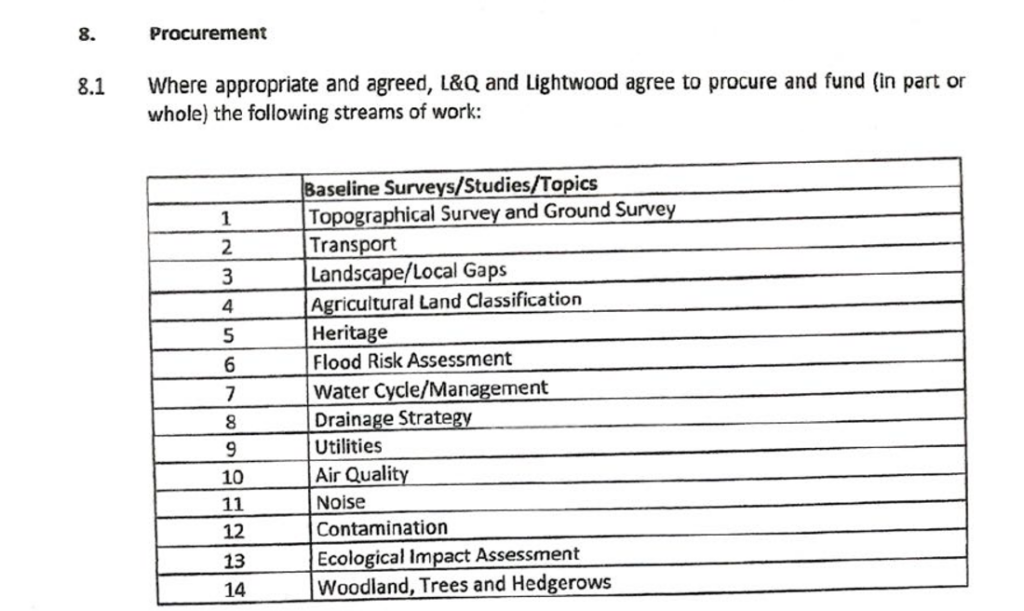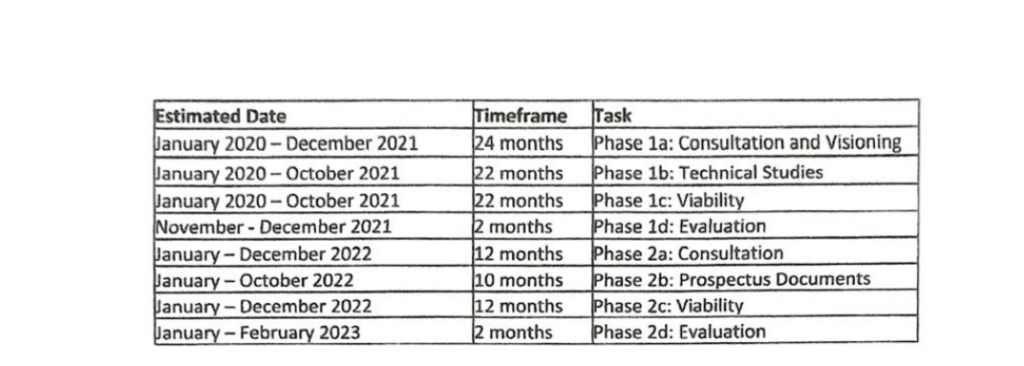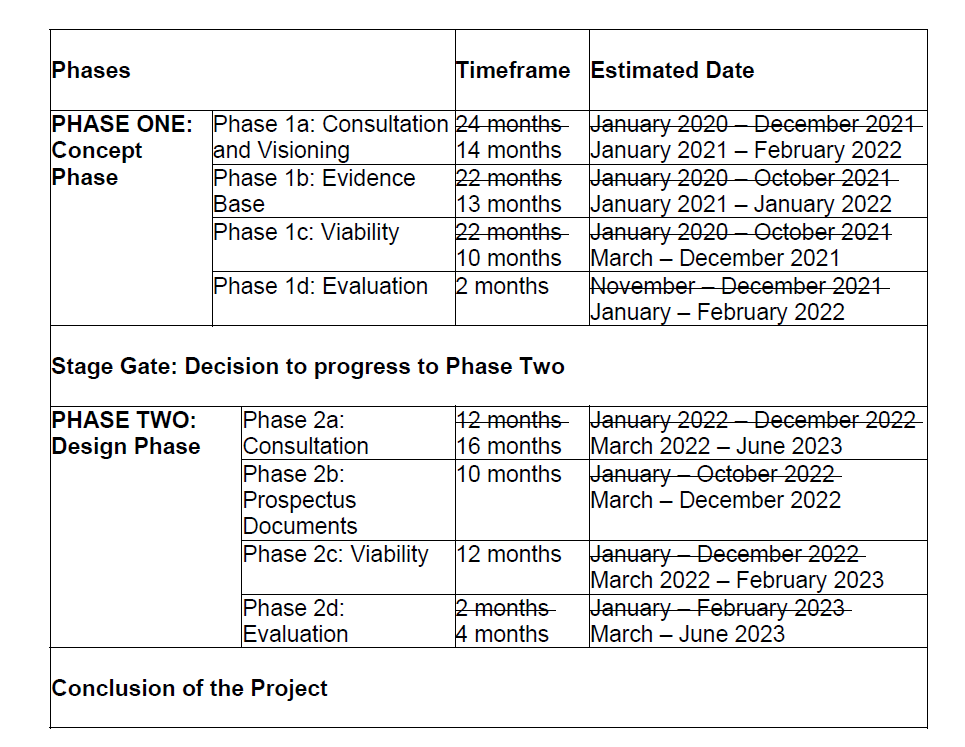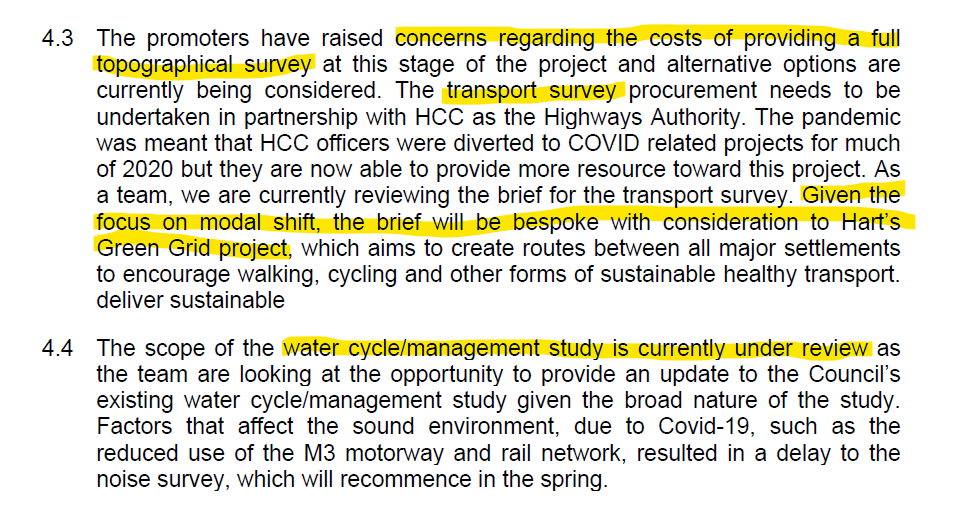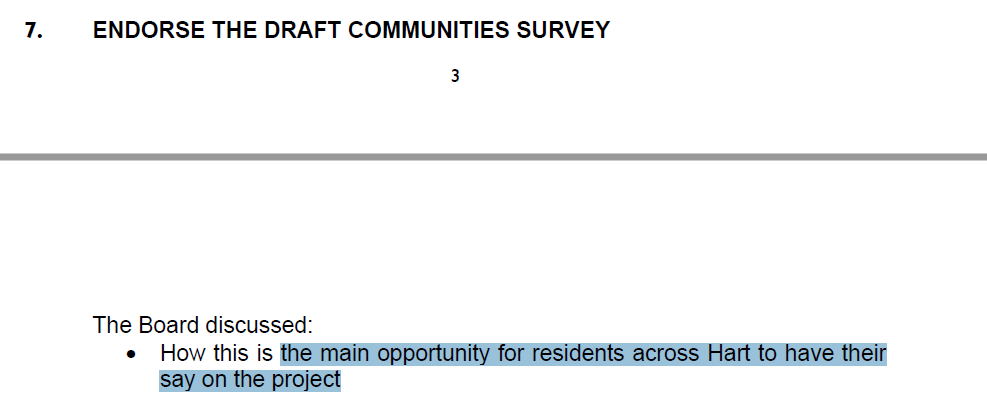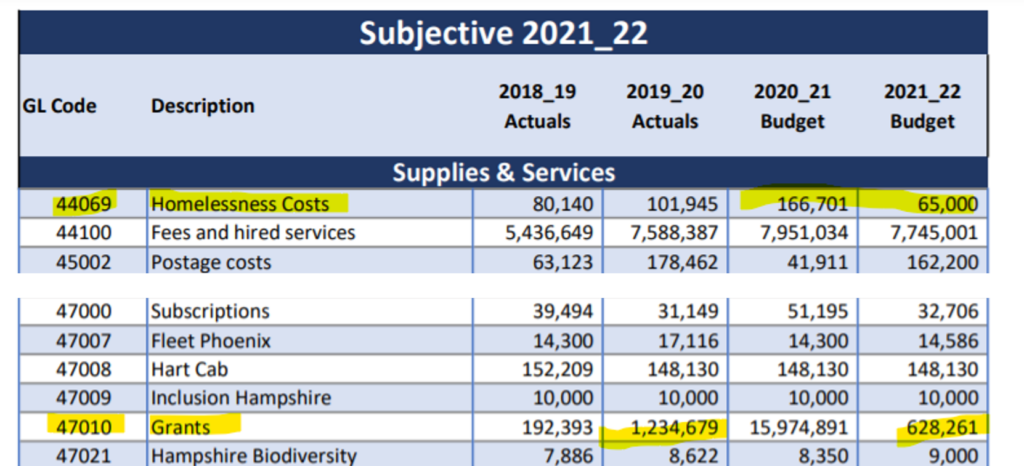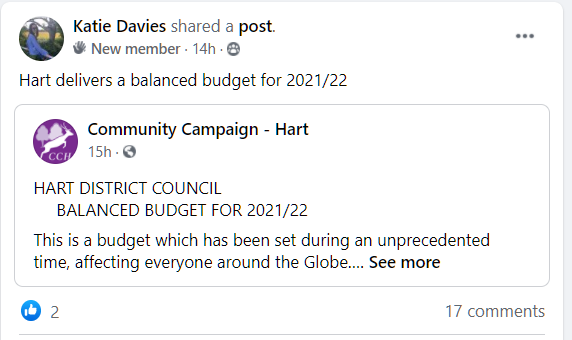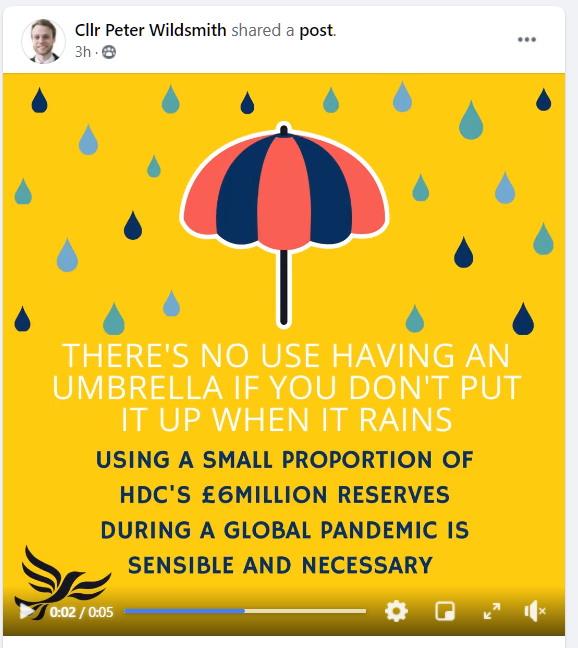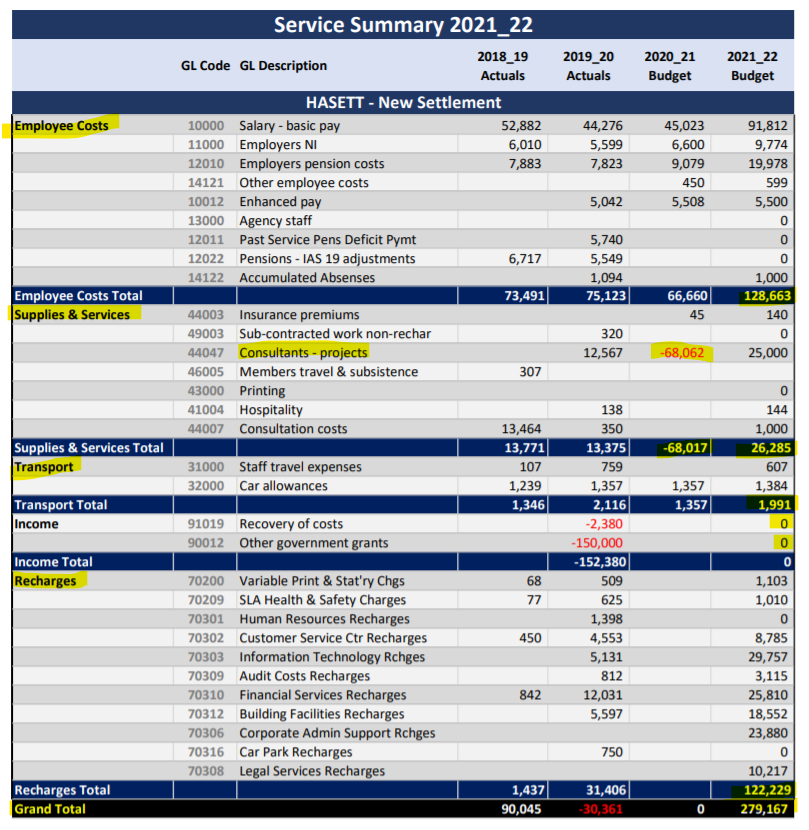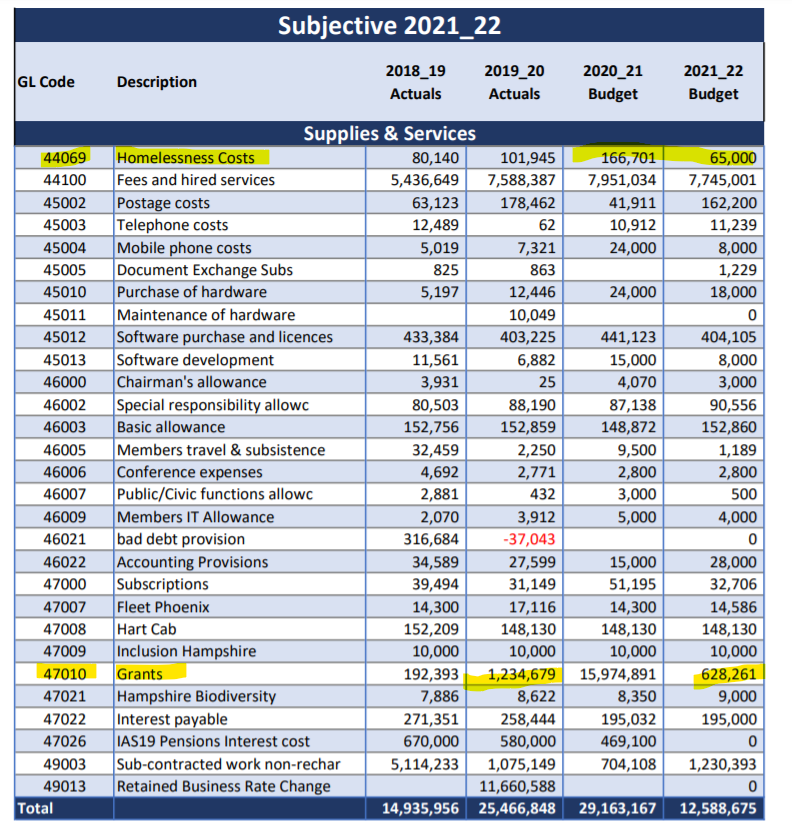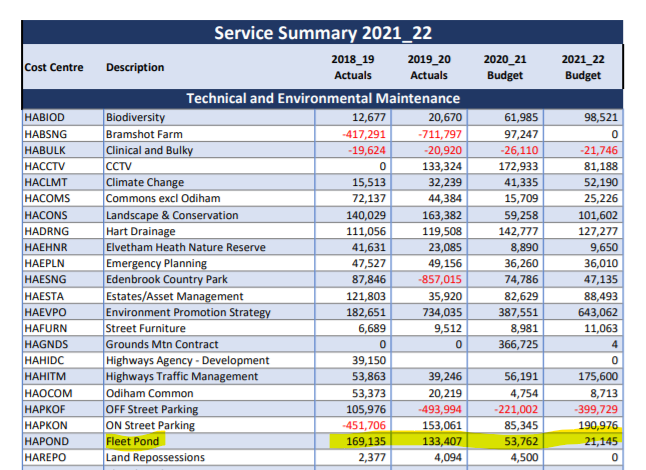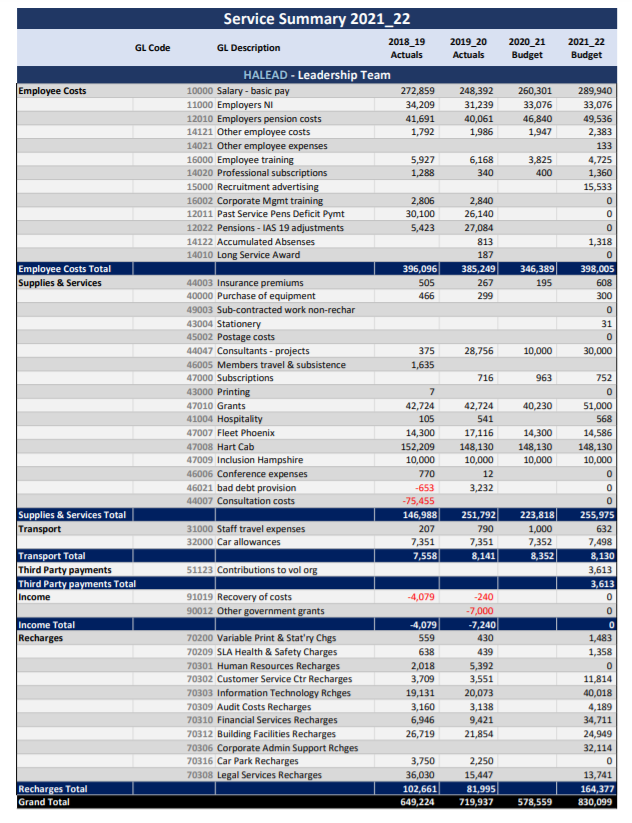Today, we have a guest post from Tristram Cary, chairman of the Rural Hart Association. In this post, he sets out his reasons why the Shapley Heath Garden Community is a bad idea.
Having read the rest of this article, you might like to respond to the Shapley Heath survey. This is your chance to make known your concerns about the proposals. We have produced a handy guide with suggestions as to how you might choose to answer the freeform questions. The guide can be found on the download below. The full survey can be found here. The survey closes on 5 July.

Introduction
“Hart District Council is exploring the potential to build a new community in the district of up to 5,000 new homes, with associated community facilities, to meet its long-term housing requirements.” This statement, from the introduction to SHGV Community Survey, sums up HDC’s motivation for embarking on a major publicly-funded project which includes a SHGV website, a sophisticated Communications and Engagement Strategy, a SHGV Stakeholder’s Forum with five Thematic Groups and the commissioning of 13 Baseline Surveys on things like Transport, Heritage, Landscape, Flooding and Utilities.
This article makes the case that:
- Hart District Council (HDC) has no business undertaking the SHGV project because:
- It is a blatant attempt to pre-determine Hart’s future development by promoting its preferred strategy over viable alternatives
- It is not in synchronisation with the Local Plan which should guide all HDC’s planning activities
- By failing to consider the trade-offs involved in developing SHGV over alternative development strategies, the results of the SHGV Project in general, and the Community Survey in particular, will be largely invalid.
- The SHGV Project is not merely an expensive and misguided attempt at pre-determination. It is also damaging the prospects for regenerating Fleet (and Hart’s other urban centres), which is an Objective of the Local Plan (unlike SHGV)
- SHGV is objectively a bad development strategy for Hart (when compared to the alternatives) in terms of sustainability, climate/carbon footprint, and green spaces.
Predetermination
The SHGV Project team explains that the SHGV project is not an attempt at pre-determination because it is subordinate to the Local Plan. The Project team explains that the SHGV conclusions and recommendations will only carry weight if and when the Local Plan is updated to include SHGV, at that therefore the SHGV project is neutral and unbiased.
This argument is wrong for the following reasons:
- SHGV is in fact the chosen strategy of HDC. HDC is dominated by Community Campaign Hart (CCH) whose primary objective is to save Fleet/Church Crookham from over-development by building a new Settlement in the Winchfield area. This is made clear in many of CCH’s newsletters (available on the CCH website). Here is an extract from the Spring 2012 CCH Newsletter:
“We either continue to grow Fleet & Church Crookham outwards (in which case what, realistically, do you do with the traffic?) or we look at a new settlement. Winchfield is about the only sustainable location for such a new settlement in Hart District.”
- The Communication and Engagement Strategy for SHGV is heavily biased in favour of SHGV and makes no attempt to present a balanced view of SHGV in comparison to the alternatives. To illustrate this here are some quotes (with my comments in blue):
Use Shapley Heath in communications where possible [to get the public used to the idea that it is going to happen];
Create awareness of what the alternatives might be (sequential development, developments on appeal) [these are bad alternatives – no mention has been made of good alternatives including regeneration of Fleet to make it more attractive and commercially successful];
We want our audience to know… why we think it’s the right location to explore [a clear bias in favour of SHGV and against alternative locations such as Rye Common];
Highlight key benefits – a new community with a unique character, green spaces, employment opportunities, retail space, leisure facilities, economic development, new schools, and other critical infrastructure [no mention of Key Disadvantages such as loss of green space, coalescence of towns, lack of growth potential, damage to prospects of Fleet regeneration, increasing housing capacity which would be taken up by Rushmoor and Surrey Heath under the Duty to Cooperate etc];
Be clear about the limited brownfield opportunities in the district [biased in favour of SHGV and ignores the alternative strategies];
Use subject matter experts (like Lord Taylor of Goss Moor) to highlight the benefits of garden communities from experience elsewhere [stressing benefits without acknowledging the downsides].
Failure to Consider Trade-Offs as a part of the SHGV Project
The SHGV project’s stated aim is to conduct an assessment of the potential of SHGV as a means of satisfying Hart’s long-term housing needs. The SHGV project team insists that the project is unbiased and that all alternatives will be properly explored as required by the Local Plan Inspector. However, if that is true, why would the SHGV project not be open about the pros and cons of SHGV when compared to alternative strategies such as alternative sites for a Garden Village and re-generation of Hart’s urban centres? Every alternative strategy will have advantages and disadvantages, and to hide the disadvantages is clearly biased.
Failure to present SHGV in the context of the alternative strategies will invalidate the results of the Community Survey.
SHGV Project is already Damaging the Prospects for the Regeneration of Fleet and Hart’s other urban centres
The Local Plan identifies that Hart does not provide adequate retail and leisure outlets for its residents. As a result, “The outflow of retail expenditure from the District…is relatively high and is likely to remain high in the future”: [Local Plan para 65.]
The Local Plan goes on to identify the cause of this problem: “The main centres in Hart have not kept pace with other centres in the wider area. Other centres have strengthened and improved their offering through investment and development. Failure to invest in the centres will see them continue to fall in the rankings”: [Retail, Leisure and Town Centre Study Part 1 para 2.15].
To provide Hart with adequate retail and leisure outlets the Local Plan states that “The challenge for Fleet specifically will be to secure investment so that it can compete with the comparable towns in neighbouring districts. All the neighbouring towns are subject to regeneration or expansion projects”: Local Plan Para 66
To attract major investment into Fleet an essential first step is to invest in a Masterplan for Fleet which would identify how the residential, employment, leisure, education, transport, and infrastructure needs could be developed in a coordinated way so that Fleet would become a better, greener, more prosperous and more commercially successful town. It is quite extraordinary that HDC has failed in its clear duty to invest in a Masterplan for Fleet (and note that HDC’s investigation into regeneration of the Civic Quarter is not sufficient)
But to make matters worse, by investing solely in the SHGV project, HDC is sending a further clear signal to developers that Fleet is not a priority. So HDC’s claim that the SHGV project is ‘neutral’ and can run in parallel with the Local Plan without damaging the Local Plan objectives is false. HDC has clearly nailed its colours to the SHGV mast, and by doing so it is already significantly damaging Fleet’s future prospects.
SHGV is Objectively a Poor Strategy
SHGV is objectively a poor strategy compared to the alternatives for the following reasons:
- It is a well-established fact that larger settlements are more sustainable than smaller ones (because larger settlements have more residential, employment, health and leisure facilities within easy reach of the residents than smaller ones). SHGV is therefore going to generate a larger carbon footprint than a strategy based on re-generating Hart’s existing towns and villages. This should be a critical issue now that HDC has declared a Climate Emergency and has undertaken to ‘put the reduction of CO2 at the front and centre of all policies and formal decision-making.’
- SHGV scores badly against several of the Guiding Principles of Garden Villages. In particular:
- Green Space – Garden Communities should be surrounded by countryside. SHGV will not be
- Sustainable Scale – This principle includes the ‘capacity for future growth to meet the evolving housing and economic needs of the local area’. SHGV will have very limited geographical scope for future growth
- Future Proofed – This principle also includes the ‘capacity for future growth’ which SHGV will not have
Coalescence and Conurbation
This map shows the density of residential housing in the district (based on March 2017 residential address data in 1km squares). Areas which are not coloured in green are countryside (having less than one home per hectare).
Points to note are:
- The green areas of urban development clearly show how coalescence has already caused towns like Yateley, Camberley, Farnborough and Aldershot to be merged into a single conurbation
- This conurbation already spreads in a continuous thread from the centre of London westwards to the westerly edge of Fleet
- At present Fleet, Hartley Wintney, Hook and Odiham are all surrounded by countryside which adds significantly to their character and provides an important leisure amenity. This is what gives the district its rural character
- SHGV would merge Fleet, Hartley Wintney, Hook and Odiham a continuous conurbation, in defiance of the Garden Village principles and the Local Plan vision to maintain the rural character of the district
What is Wrong with Shapley Heath: Conclusions
- The SHGV Project is not an unbiased exploration of the potential of SHGV. It is an attempt at pre-determination.
- SHGV is causing real damage to the Local Plan aim of attracting investment for the re-regeneration of Fleet and other urban centres
- The results of the Community Survey will not be valid because no balanced context has been provided on the advantages/disadvantages of SHGV and alternative strategies
- SHGV is objectively a poor strategy which does not align with HDC’s Climate Emergency commitment to put the reduction of CO2 at the front and centre of all polices and decision-making
- SHGV will cause coalescence between Fleet, Harley Wintney, Hook and Odiham which will significantly damage their character as well as the rural nature of Hart District.
Recommendations
- HDC should abandon the SHGV Project and invest instead in a comprehensive Masterplan for Fleet which is an essential first step towards meeting the Local Plan objective to secure funding for Fleet regeneration
- Failing a), the SHGV project should provide clear information about the pros and cons of SHGV when compared to the alternative development strategies
- Respondents should be encouraged to object to the clear bias of the SHGV Community Survey
